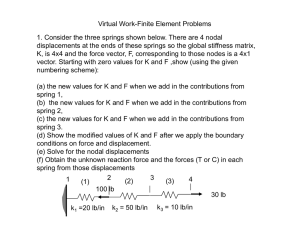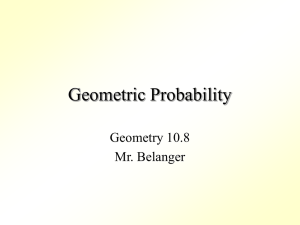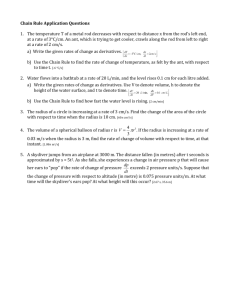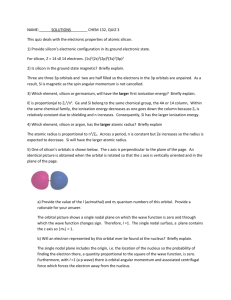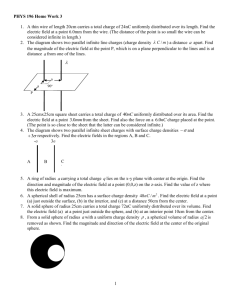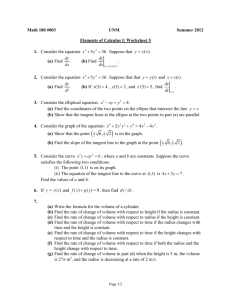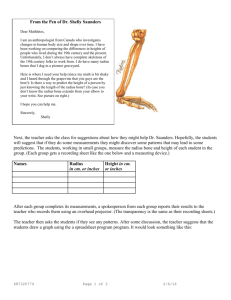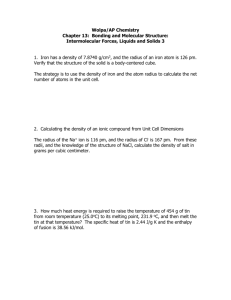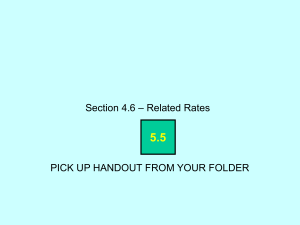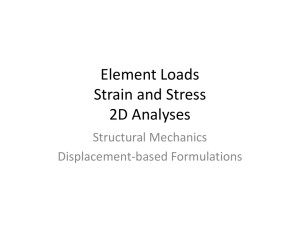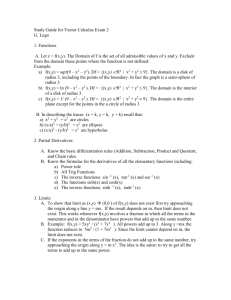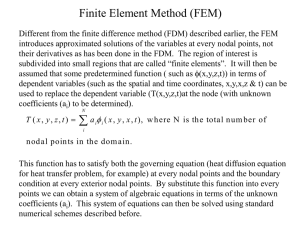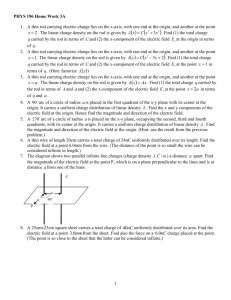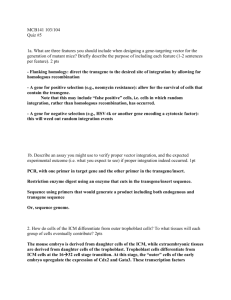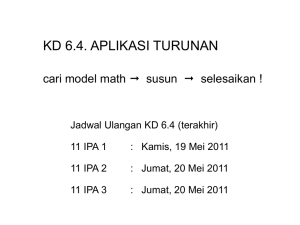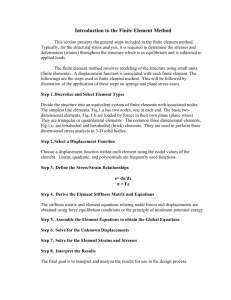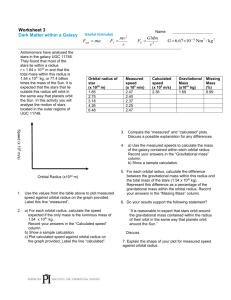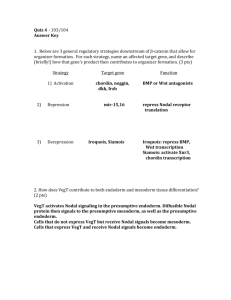Coordinate Systems
advertisement
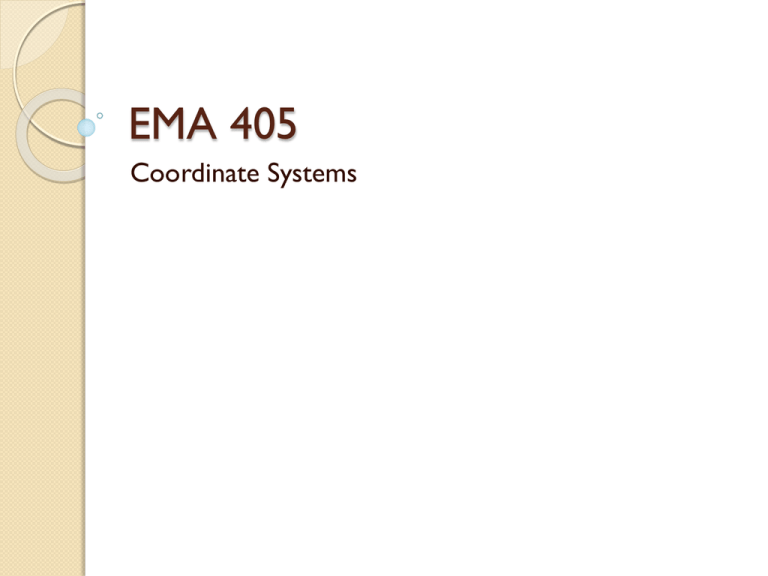
EMA 405 Coordinate Systems Introduction There are many coordinate systems in ANSYS Global and Local: used to locate geometry items (nodes, keypoints, etc.) Display: determines systems in which geometry is displayed Nodal: degree of freedom directions and nodal results Element: material properties and element results Results: transforms nodal or element results for listing or display (general postprocessor) Working plane: used for drawing geometric primitives Results Coordinates General Postprocessor/Options for Output For cylindrical, x-direction is r-direction, y-direction is theta direction, z direction is axial direction Why do we need these Element system: consider wood elements with grain at 45 degrees Easiest to define E separately in grain direction and perpendicular direction (rotate element system 45 degrees) y x Why do we need these? Orienting geometry elements Rectangles are always oriented relative to working plane To draw rectangle such as the one below, rotate the working plane Why do we need these? Nodal coordinates What if we have a set of forces oriented radially Just select nodes on perimeter, change nodal coordinate system to cylindrical, and then set Fx Exercise Only radial displacements p Inner radius=5 cm Outer radius=10 cm Angular extent = 45 degrees E=200 GPa =0.3 Pressure=1 MPa Only radial displacements Exercise p=1 MPa E=200 GPa =0.3 Inner radius is fixed Inner radius = 5 cm Outer radius = 10 cm 2 Ro pt F # of nodes t thickness Ro outer radius

